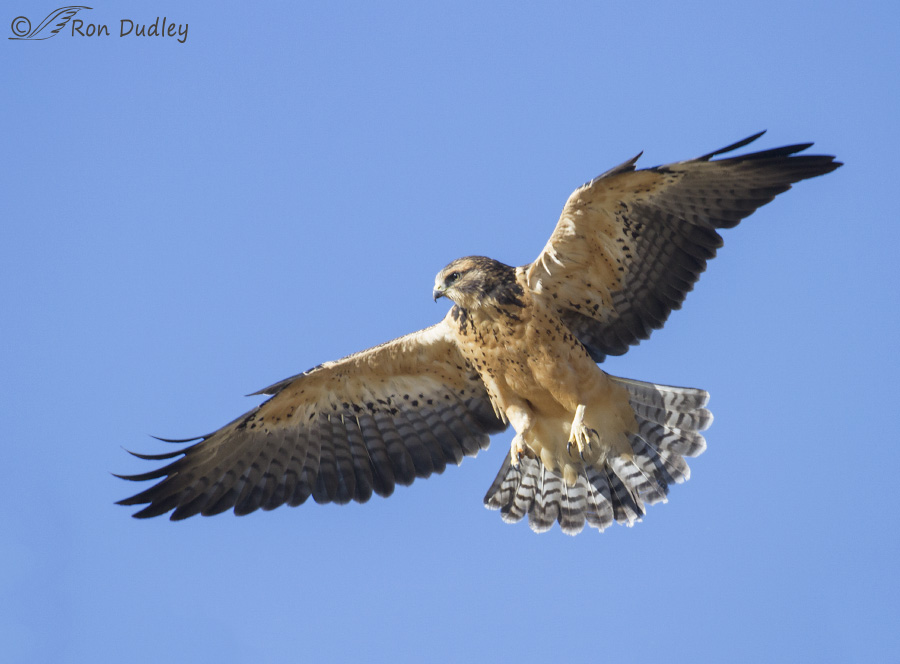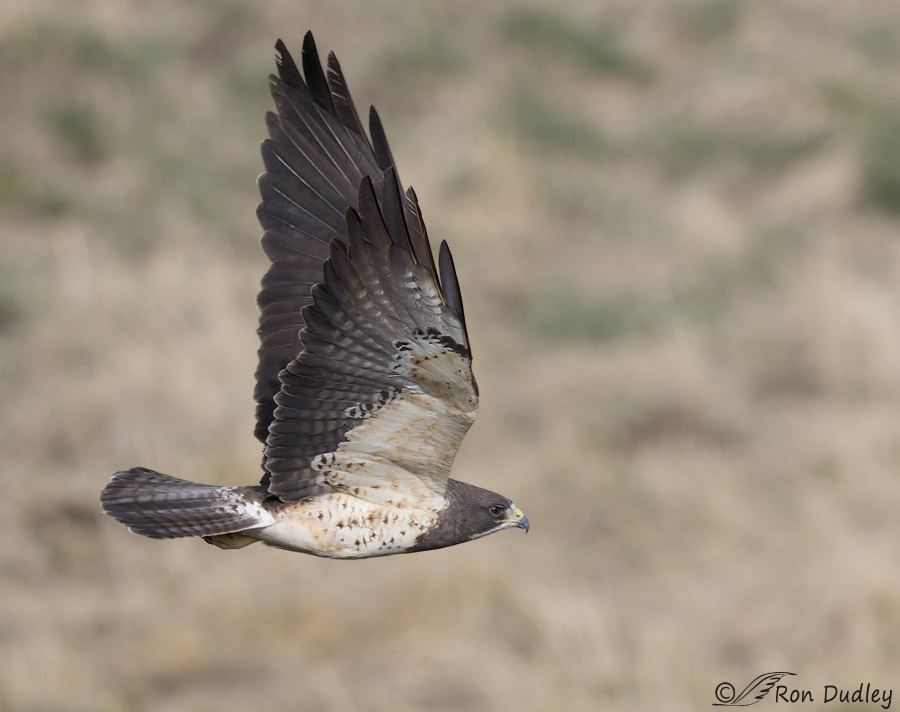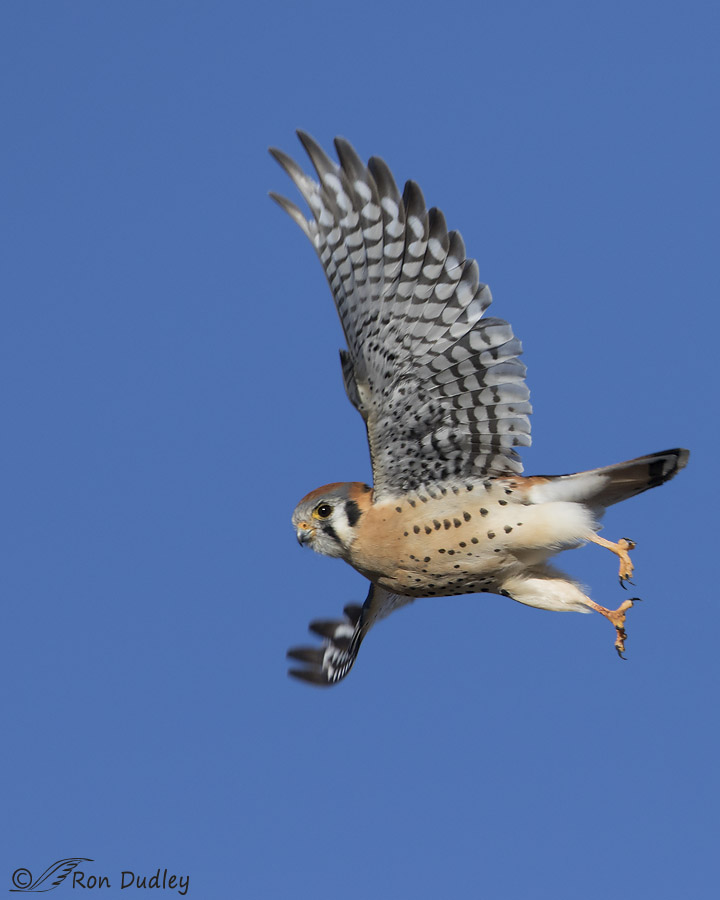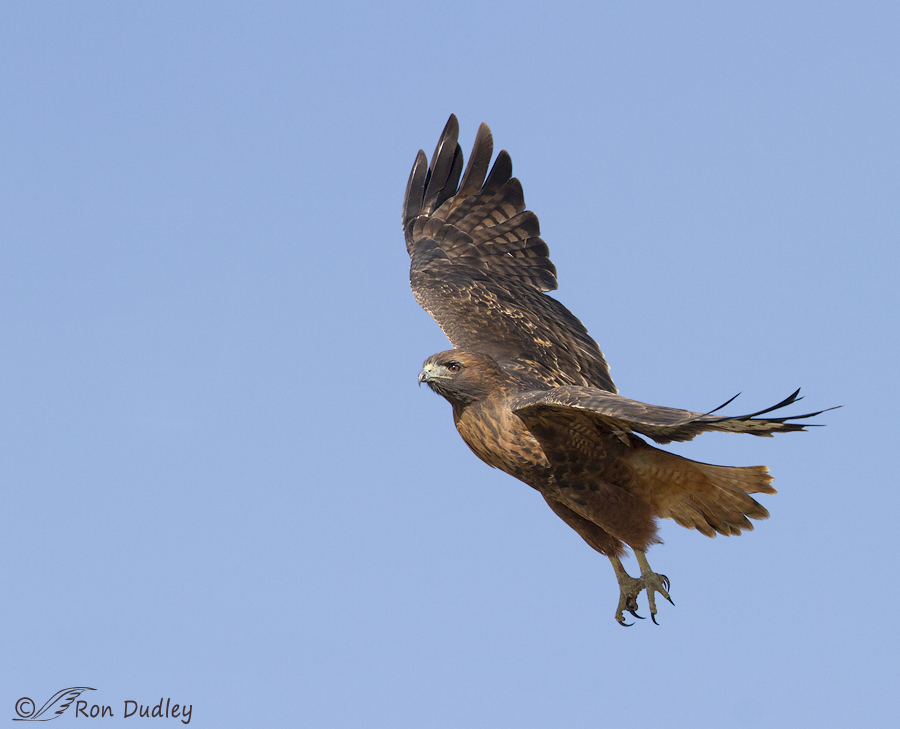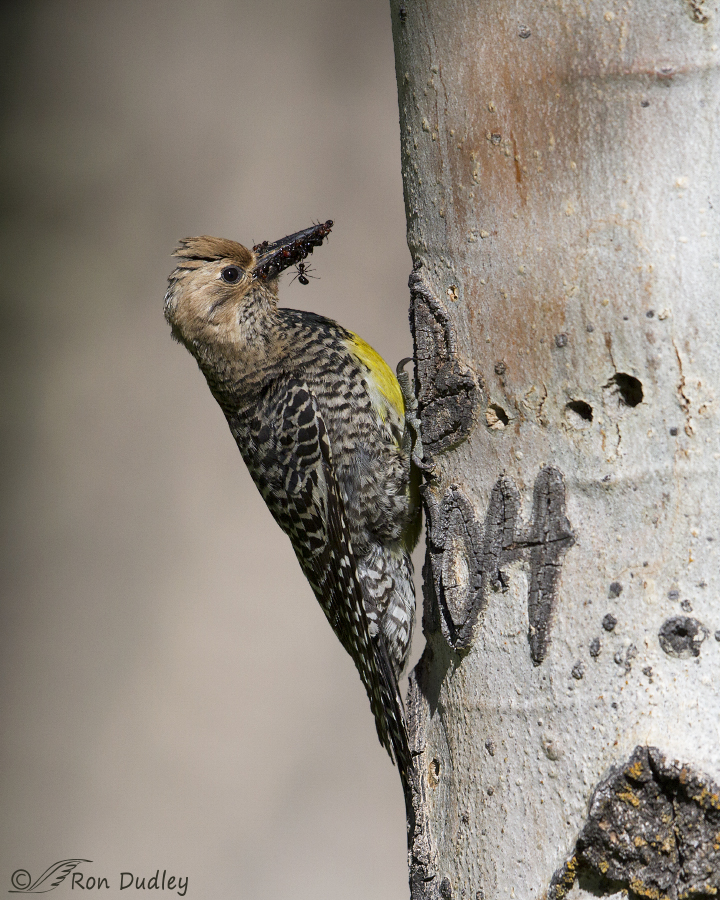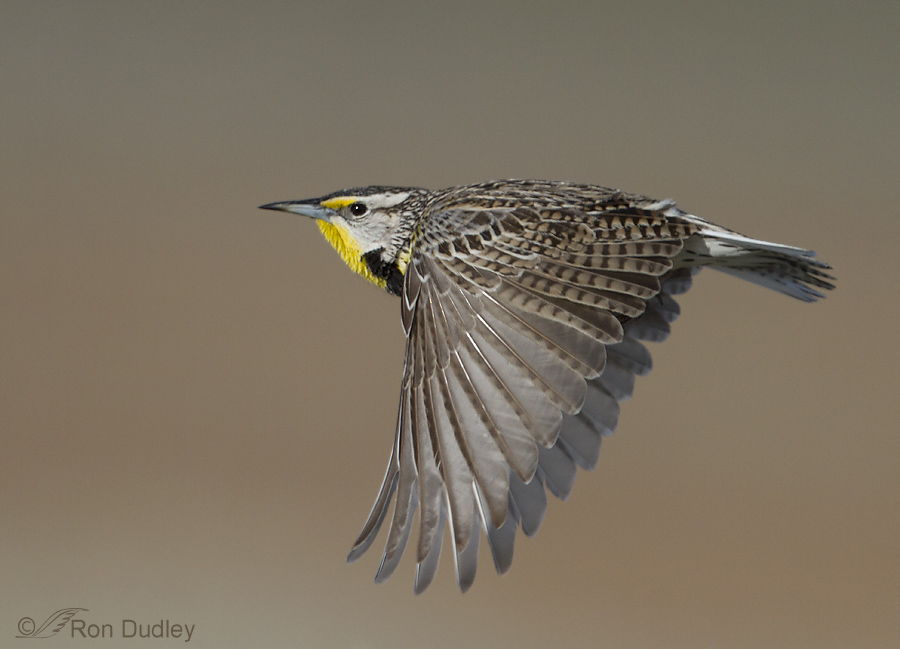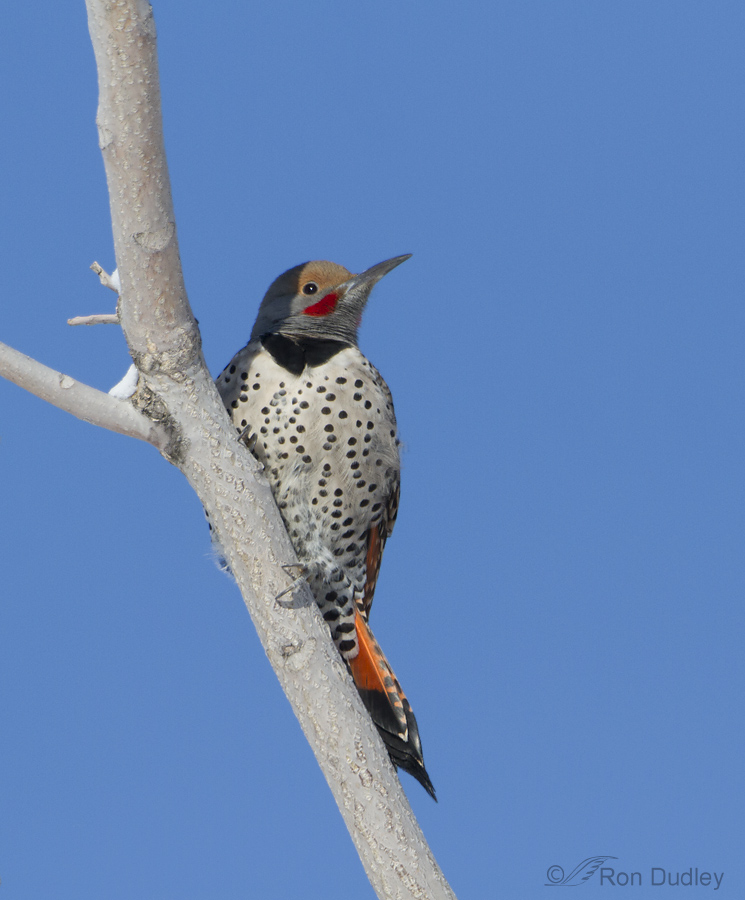Tag: cloning
Swainson’s Hawk In Flight (and an optical illusion involving the catch light)
Kestrel – You Never Know When You’ll Get A Nice Flight Shot (or 2)
Cloning Background Elements – A Slippery Slope
The Sapsucker And The Ant
Meadowlark In Flight
A Two Woodpecker Day And The Temptations Of The Clone Tool
American Kestrel With Peeling Beak
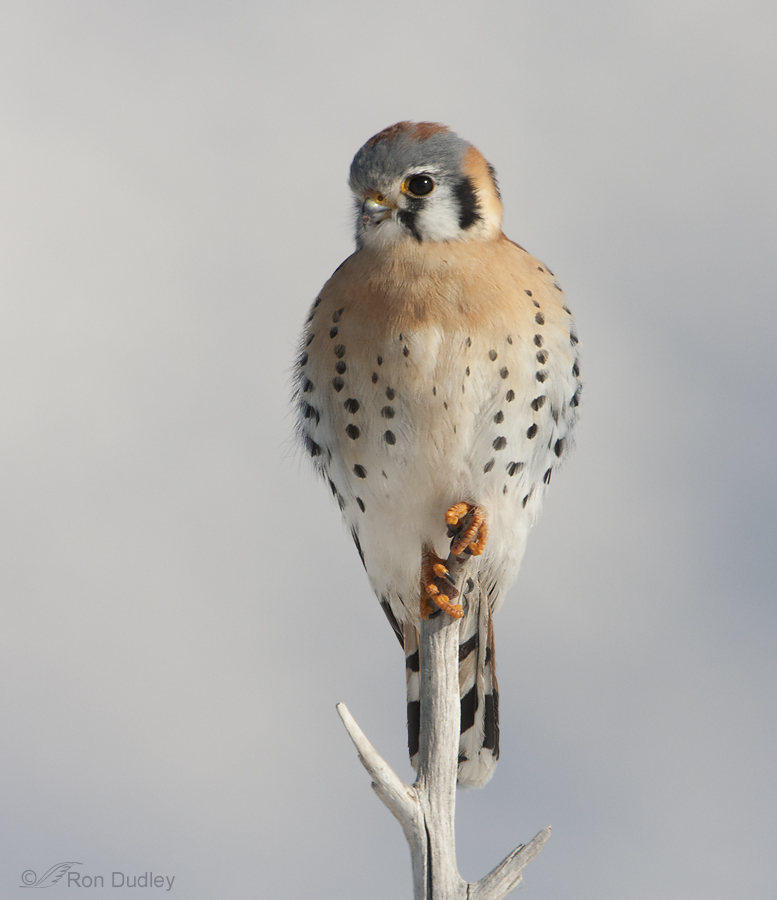
I’ve never before posted this image because of the “imperfection” of the peeling beak tip of this male American Kestrel. Bird beaks are largely composed of the protein keratin and like our fingernails are constantly growing. This can apparently cause flaking or peeling of the beak but I don’t understand why and so far internet research hasn’t provided the answer.
An Unusual Perspective On An Avocet In Flight
In my experience American Avocets are difficult subjects to get in flight because of their speed and erratic flight patterns. I’ve tried often but I sure don’t have many flight shots of the species that are very good. 1/4000, f/6.3, ISO 500, 500 f/4, 1.4 tc, natural light But I do like this one because of the sharpness of the bird, the position of the wings and feet, the nice eye contact, the pretty good exposure on a difficult subject and the somewhat unusual perspective with the viewer looking down on the bird that is flying mostly toward us. However I don’t particularly appreciate those two twigs behind the head so I’ve never posted this image before. Much as I dislike significant cloning, getting rid of those twigs has sorely tempted me more than once but in the end I just couldn’t do it (though I’ll admit to playing with it a little bit…). So I’m asking for critique on the image as presented. How much of a distraction do you think those two twigs are? Sometimes I become obsessed with imperfections (as several of you have pointed out on previous posts) and can’t see the forest for the trees. Perhaps the twigs aren’t as much of a problem as I think they might be. But either way, please be brutally honest. Thank you in advance for any thoughts on this you’d be willing to share. Ron Note: There are conflicting visual cues on this image for rotation. One would expect the twigs in the background to be vertical but when I rotate…
Antelope Island – A Meadowlark Mecca
Antelope Island is still teeming with Western Meadowlarks and will be for the rest of the summer. Most are uncooperative but there are exceptions.
Cliff Swallows In Flight
Cliff Swallows are one of North America’s most social land birds. Their nesting colonies sometimes consist of up to 7,000 individuals. Originally they were birds of the western mountains where they nested under horizontal rock ledges in canyons and foothills but in the last 150 years their range has expanded to include most of the continent due to the construction of buildings, bridges and highway culverts that provide alternative nesting sites. But holy moly, are they ever difficult to photograph in flight! I suspect that most serious bird photographers have attempted swallow (any species) flight shots and I’m no exception. But their small size combined with their swift, erratic flight has always stymied me. Until last May I didn’t have a single legitimate “keeper” of any swallow species in flight but that spring I was finally able to get some shots I like but it took some significant alteration of my past strategies. 1/3200, f/7.1, ISO 800, 500 f/4, natural light One of my problems in the past was that the bird was nearly always shaded underneath. So finally it struck me (duh!) that I needed to be shooting them when the sun was very low – for me that meant early in the morning. 1/2500, f/6.3, ISO 800, 500 f/4, natural light But shooting flight shots just as the sun comes up provides another problem – sufficient shutter speed. At that time of day the light intensity is relatively low so I needed to be shooting at the effective noise limit of my Canon 7D – ISO 800….
Poop, Perches and Personal Preferences
Many raptors are “sit and wait” hunters, which means they often hunt from an elevated perch instead of “on the wing” and Red-tailed Hawks are well-known for this practice. An elevated perch provides good views over a large area and no extra energy need be expended in flight while looking for food. Typically these birds will use the same productive perch repeatedly over long periods of time, which presents a challenge to the photographer – poop (hereafter referred to as “whitewash”). Whitewash consists largely of crystalline uric acid (it’s more complicated than that but I’ll try not to stray into a discussion of the functions of the cloaca), which tends to be bright white. That whitewash can create some aesthetic and ethical conflicts between a “natural shot” and an image that has been “Photoshopped” to death, primarily by use of the clone tool. Many photographers routinely clone out whitewash and/or droppings and I’ll admit that I’ve done it before, but for me it’s an ethical dilemma because I much prefer to leave my images as natural as possible since I consider myself to be a “nature photographer”. In fact, right now I’m struggling with a series of Horned Lark images that I really like, but there’s a large, fresh and very conspicuous dropping right in front of the birds foot that most would find distracting. I could clone it out but every time I looked at that image I would know what I’d done. Canon 7D, 1/4000, f/5.6, ISO 640, 500 f/4, natural light, not baited, set up or called in A couple of days…
Red-tailed Hawk Banking At Take-off
This morning I’m off on a new adventure, looking for birds (raptors in particular) in a spectacular area I’ve never visited before so I only have time for a short post. In past years I haven’t had great luck with Red-tailed Hawks, even though they’re one of the most common raptors in Utah. They always seemed to be perched on telephone poles, which makes for an unattractive perch and unacceptably high angle. Even at take-off I’d generally only get blue sky backgrounds which I don’t find particularly interesting. But in the last couple of months my fortunes with the species have changed. 1/2500, f 7.1, ISO 500, 500 f/4, natural light, not baited, set up or called in Yesterday morning this juvenile was sitting on an elevated perch and facing away from me, which didn’t give me high hopes for a take-off shot. But it spotted potential prey over its shoulder so when it launched it turned back toward me in the process. I liked the result. The yellows in the background are sunflowers and blooming rabbitbrush. I removed a portion of the unattractive perch in the lower right corner of the frame. Cloning is something I nearly always avoid doing but in this case I made an exception. I mention it in the interest of full disclosure. I’ll make another post soon that will also feature this bird but it will have an interesting “twist” from my usual fare. Ron


